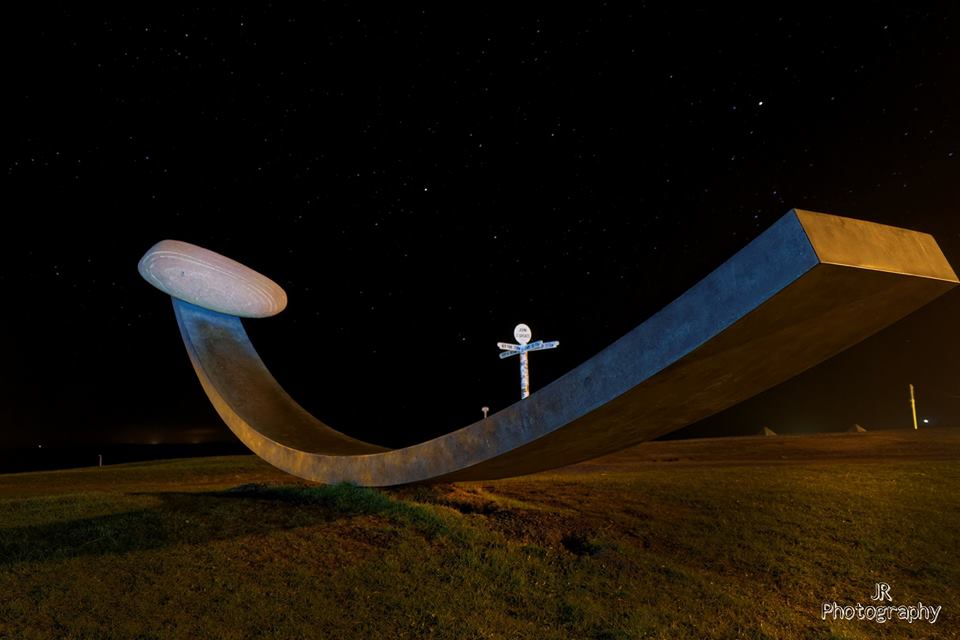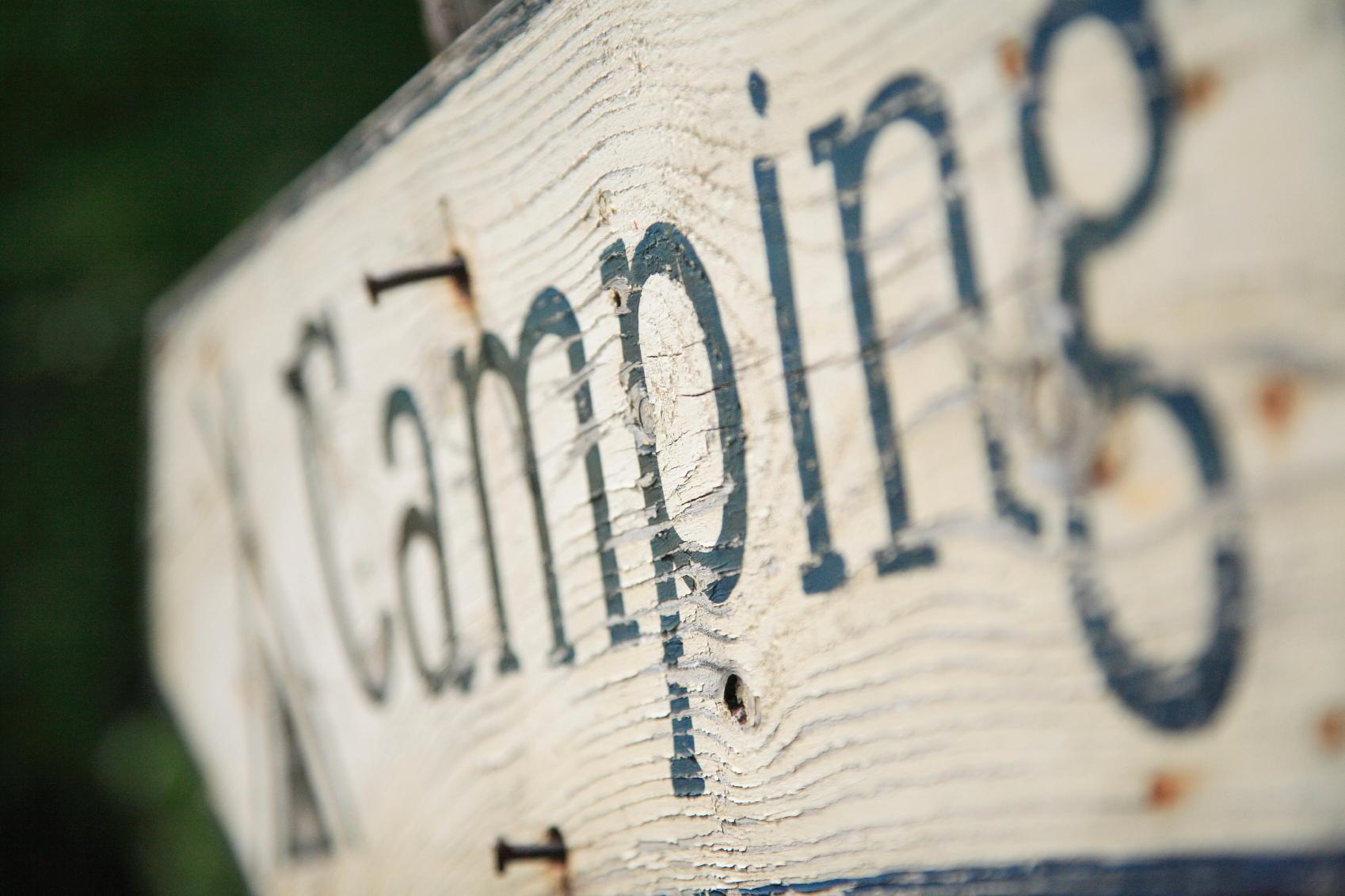The Ferryman, 8 doors and a really long walk!

No trip to Caithness, or the North Coast 500, would be complete without a trip to the famous John O' Groats, and a picture by the sign.
However, up until 1902, John O'Groats as a place didn't really exist - the area was all covered by is now lesser known neighbour Duncansby (a lesser known, but nevertheless beautiful place for another blog). The previous grocer, George Manson, in 1902, charged the name of the Post Office and postal district to John O'Groats (a shrewd marketing move) and was also the first person to import souvenirs (not from China!) for the tourists to by and take home.
Prior to 1902, the most famous landmark in the area was "Johnny Groats House", as written about by Scotland's national bard, Robert Burns - a landmark seen on the early Ordnance Survey maps, but a landmark that has left no trace, but in the mind.
The man, John O'Groats (Jan de Grot (Groot) to give him his proper name) was granted a charter by King James IV (1488 - 1513) of a ferry and lands at Duncansby in 1496. According to records, he ran the ferry until 1715 - a long running family business!
The legend says that his seven descendants continuously quarreled about precedence so to resolve the quarreling John built a house with 8 doors, and a table with 8 sides, ensuring no one entered the house before anyone else, nor sat at the head of the table.
The idea of the eight-sided house was recorded by a local minister around 1790, when Rev. Dr. John Morrison of Canisbay claimed his sources went back to the mid 17th Century.
According to the Highland Historic Environment Record for the Ferrykeepers Cottage, by the 1720's indication is made of 'the town of Duncansbay only remarkable for John a' Grott's House... Here is the dwelling house of Grott of Wares...' (Macfarlane 1906-8). However by 1760 "Johnny Grott's House" was in ruins (Pococke 1887) and by 1793 it was 'totally gone but place where it stood retains name. The remains of oak table have been seen by many now living who have inscribed their names on it' (OSA 1793). By 1873, 'A small triangular grassy mound abaout 30 feet in breadth, rising with a slight elevation from a strip of green pasture ground which runs parallel to sea-shore' was all that remained (ONB 1873), while by 1957 a flagstaff had been erected on mound (Robertson 1957). The flagstaff no longer remains.
Having visited John O'Groats more times than I care to count, I can only assume that where the new art installation has been put may be the legendary site of the 8 sided house, reflected in the old John O'Groats Hotel, now The Inn at John O'Groats.
LEJOG (Land's End to John O'Groats) or JOGLE (the other way round) has been a fundraising or record setting event for many years, but the first person to walk "End to End" was Elihu Buritt - an American diplomat, philanthropist and social activist. He even documented his journey in a book entitled "A Walk from London to John O'Groats" which was published after his journey in 1864.
People have completed the journey using every mode of transport possible, either to raise money for charity or to attempt to break the record. There have been journeys made by:
- Bicycle;
- Tricycle;
- Quadracycle;
- Horse;
- Unicycle;
- Car;
- Tractor;
- Lorry;
- Public Transport;
- and even Skateboard;
to list just a few!
So when you visit John O'Groats, just remember there is more to history of the site, so much more than I have even covered in this short blog, so why not do some of your own research before you visit - you will be amazed what you can find out!
References:
Highland Historical Environment Record
https://her.highland.gov.uk/Monument/MHG1709
Accessed 10th November 2020
A Brief History of John O'Groats
https://www.visitjohnogroats.com/information/history-john-ogroats/
Accessed 10th November 2020
Lest We Forget - The Parish of Canisbay
Printed by Highland News Group Ltd., Henderson Road, Inverness, Scotland












